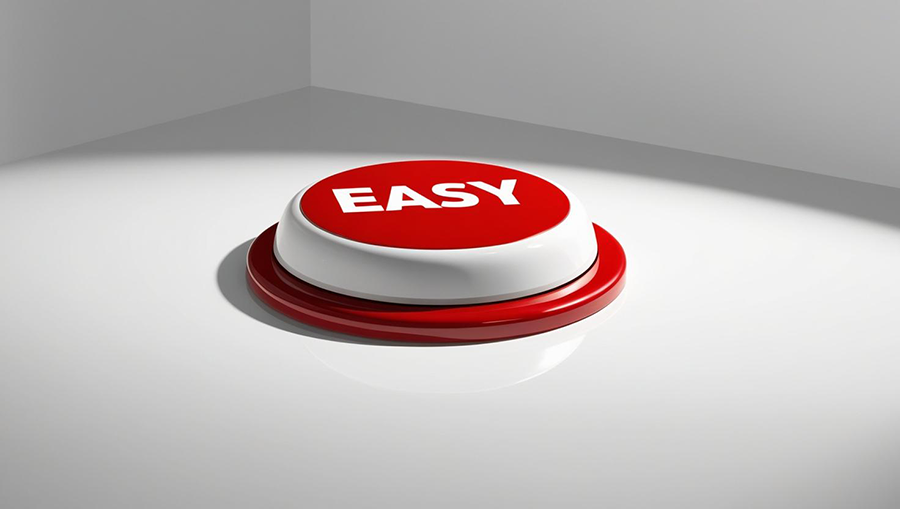But It’s Making Your Work Harder
“What is important is seldom urgent, and what is urgent is seldom important.”
Those famous words came from President Dwight Eisenhower, who used a simple grid to prioritize tasks based on urgency and importance.
Today that grid is called the Eisenhower Box, or Eisenhower Matrix.
Eisenhower’s urgency-importance framework is just as applicable as it was decades ago. Because, even though we now have an endless well of technology at our fingertips, we still struggle with the feeling of always being behind.
We’re all looking for the magical system, app, or planner that will help us stay focused and get more done.
But it’s usually not our tech stack that needs to change. It’s our mindset—and that’s where frameworks like the Eisenhower Box can help!
The To-Do List That Never Ends
“How can I conquer my to-do list?” It’s a question I’ve heard many times in different forms during my years of serving corporate coaching clients.
Our brains love an easy button. So when we’re working through our to-do lists, we rarely work in order of priority.
Instead, we usually jump to…
- The most urgent task that just popped up
- The easiest or quickest task on our list
It’s like constantly bailing water out of a boat, without ever stopping to plug the leaks.
Tasks that aren’t ‘urgent’ or ‘quick’ keep getting put off, day after day. And no matter how many items you check off your list, it never truly gets done.
Using the Eisenhower Box
The concept behind the Eisenhower Box is to evaluate every task, project, or initiative and slot it into one of four quadrants based on the level of urgency and importance.
- Important and Urgent = Do it now
- Important and Not Urgent = Schedule it and make it happen
- Not Important and Urgent = Delegate it someone else
- Not Important and Not Urgent = Delete it from your list

Most of us have been conditioned to prioritize our work based on urgency instead of importance.
Meanwhile, all of that important but non-urgent work on the backburner slowly piles up—until you start to feel overwhelmed every time you look at your to-do list.
The Eisenhower Box is designed to help you shift more of your time and effort into the Important and Not Urgent quadrants. At first, it may feel as if you’re getting less done. But it’s actually the opposite.
When you prioritize the most important work instead of putting it off, you make a larger impact—even if you’re doing less individual ‘tasks.’
Putting It Into Practice:
Step 1: Before using the Eisenhower Box, evaluate how you spend your time and see if anything on your to-do list falls into one of these buckets:
- Delegate. Can someone else do this work? Better yet, could it create an opportunity for a team member to elevate their skills by taking on this work?
- Outsource. Can this work be done by an agency, vendor, or virtual assistant?
- Automate. How can technology make your task faster and easier to complete? If no ideas come up, try asking AI for suggestions about how to automate.
- Eliminate. Is this task truly necessary? You might discover that something you’ve been doing a certain way is no longer needed, or can now be done by a tool in your tech stack.
Ideally, you should only be doing work that only you can do. This becomes more and more true as you move higher in your organization.
Step 2: Organize what remains of your to-do list using the Eisenhower Box!
Hopefully your to-do list already looks shorter at this point, and you can easily fit your remaining tasks into the four quadrants. Then you can start to work through your list in a way that prioritizes impact.
Remember, if you’re continually living in the “urgent” section of your to-do list, you will struggle to move into the strategic thinking that will truly set you apart as a leader.
Be willing to prioritize the truly important, high-impact work, even if the results are not as visible in the short term. The long-term rewards are well worth it!

